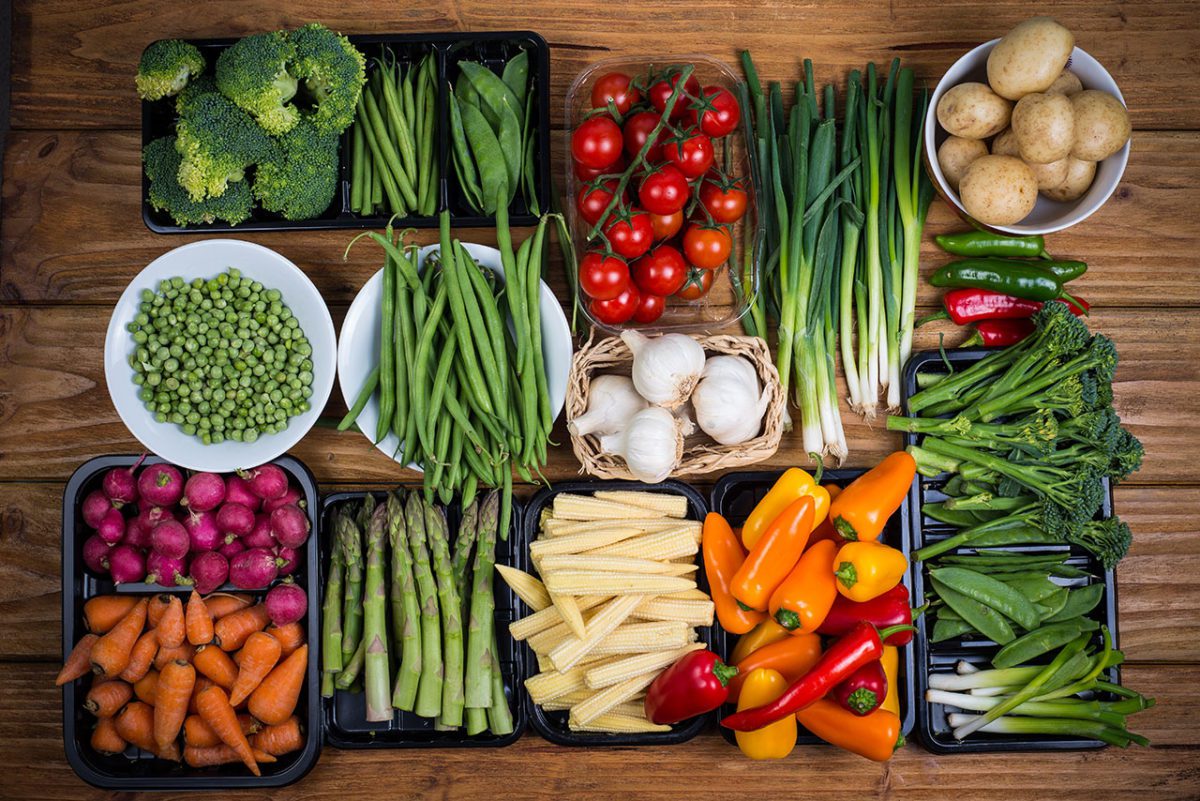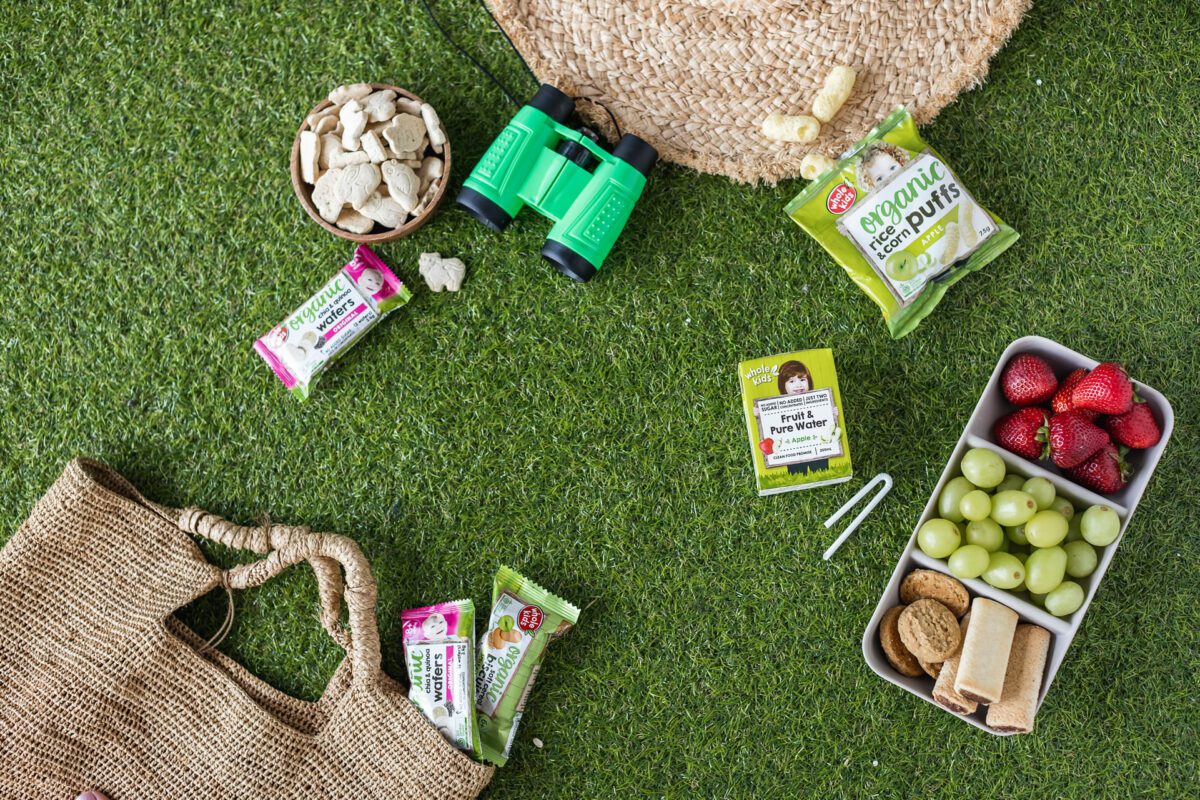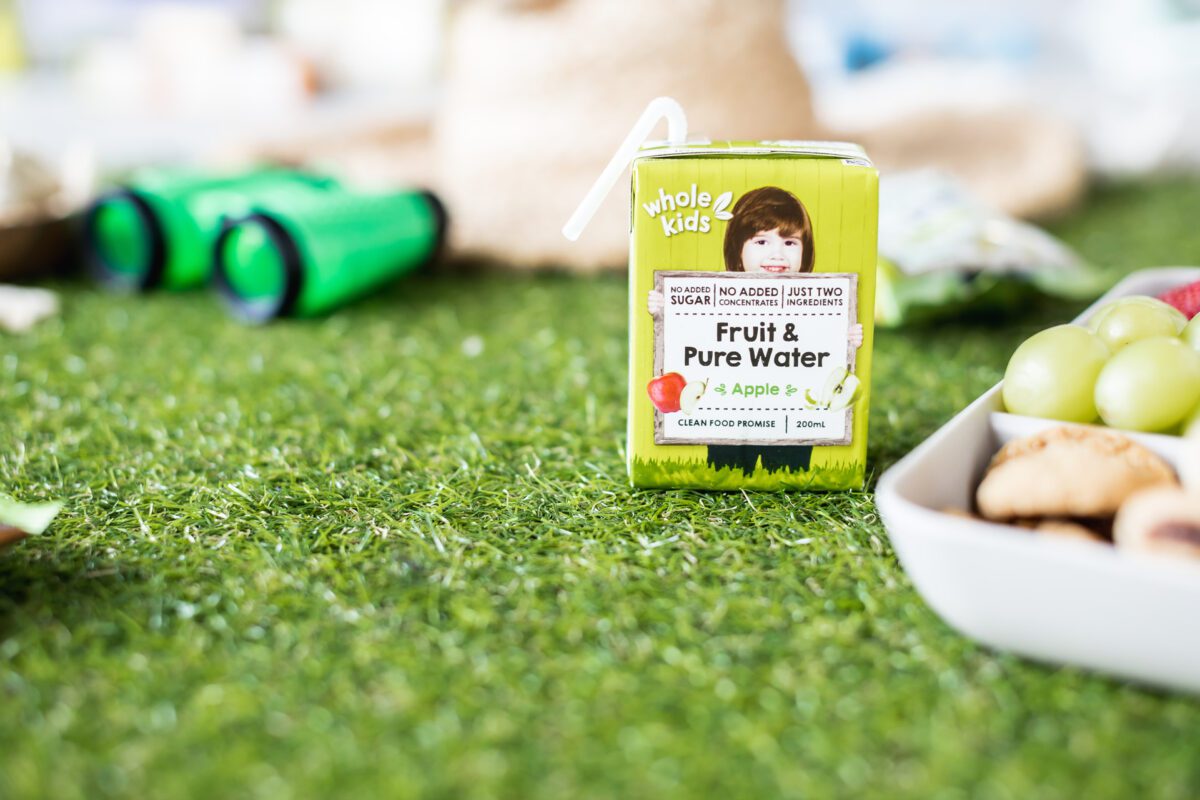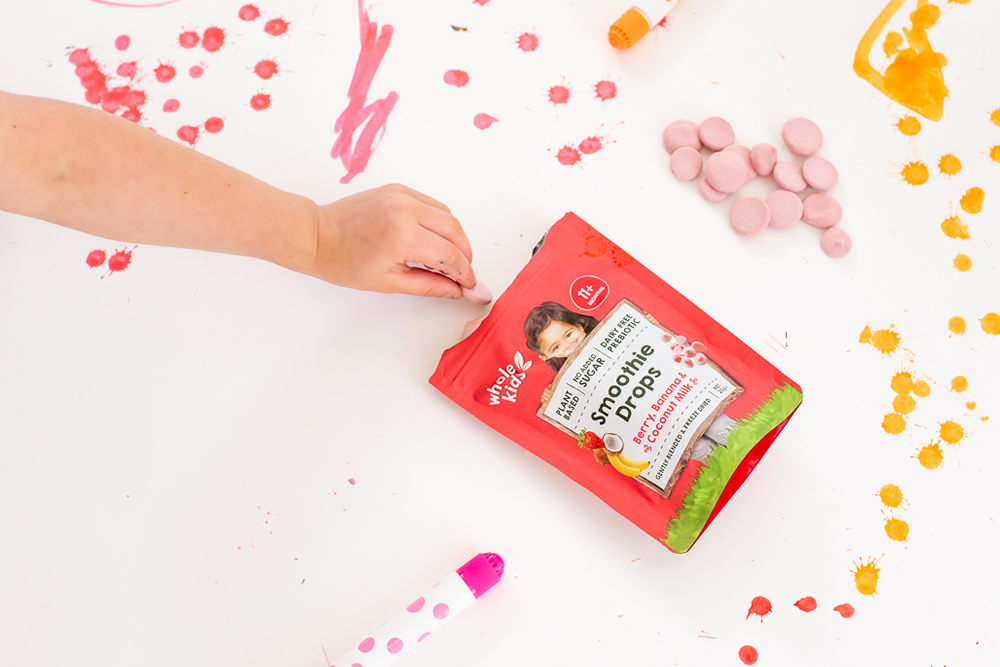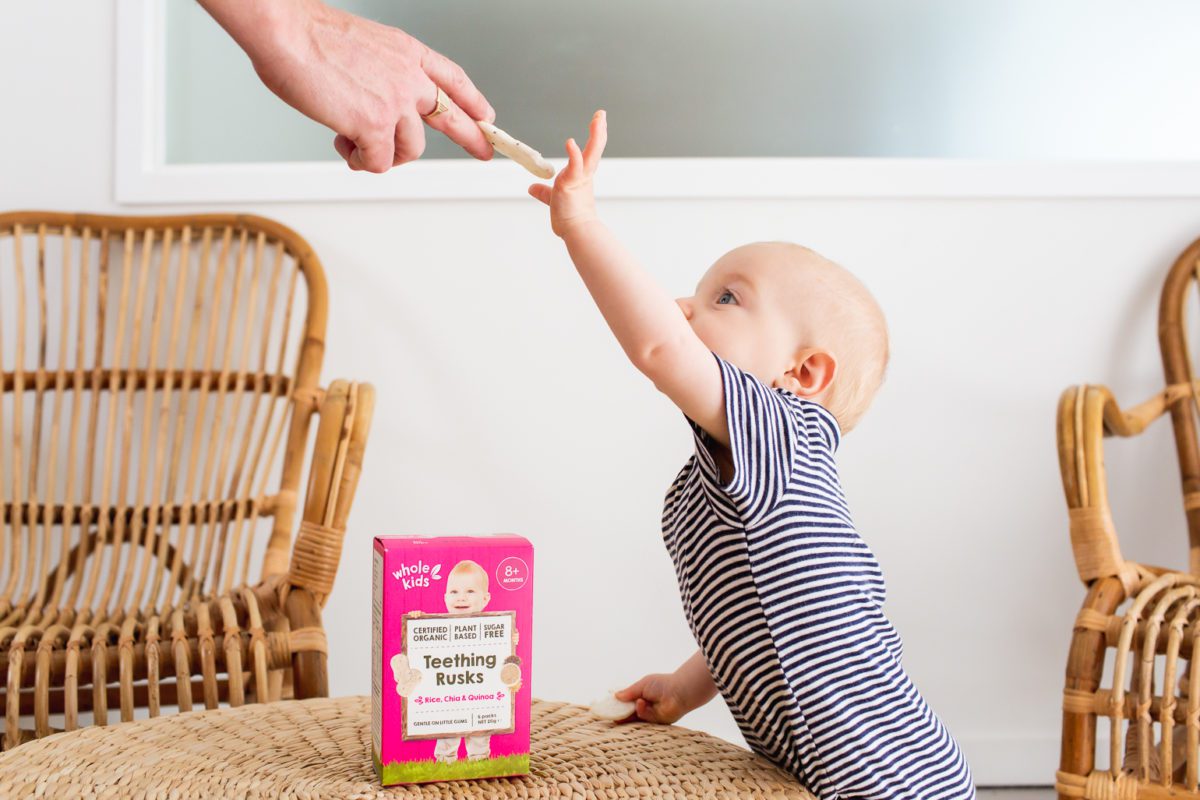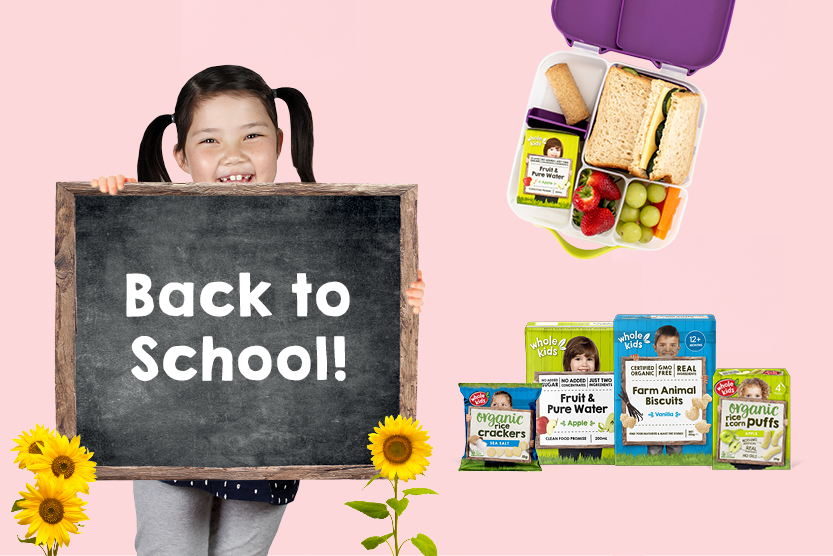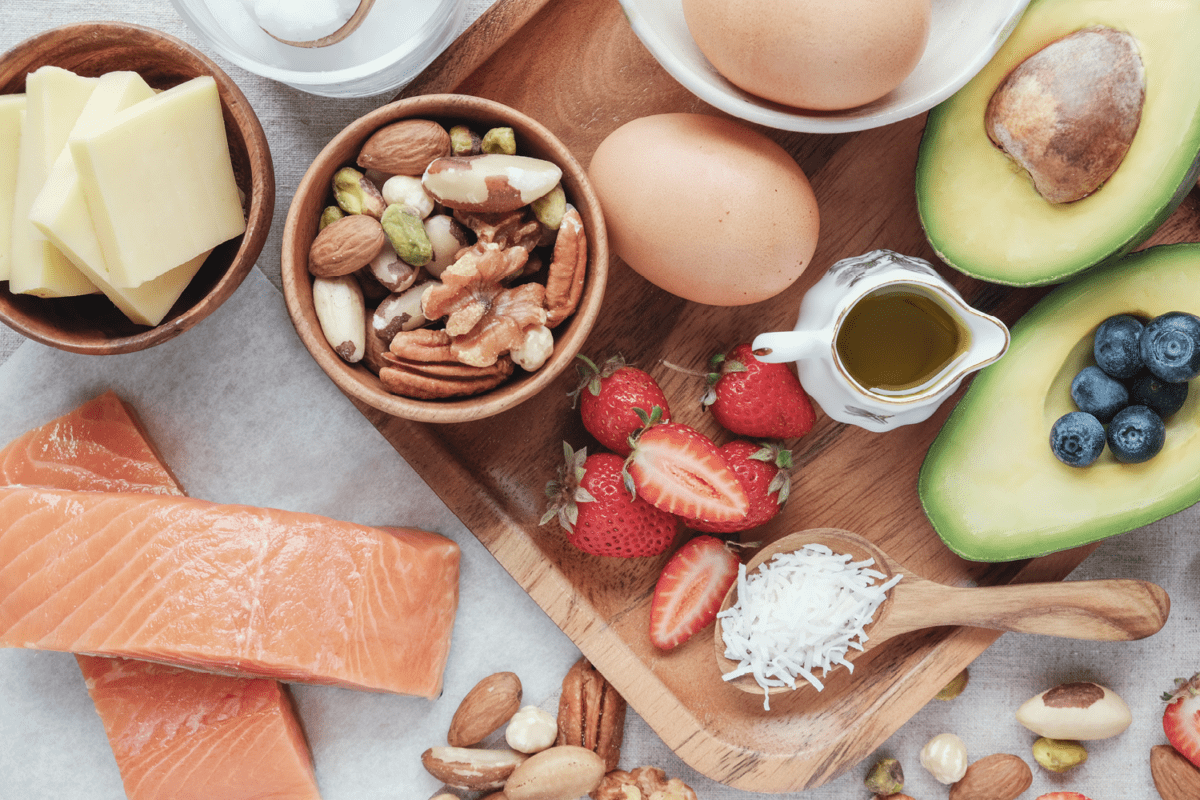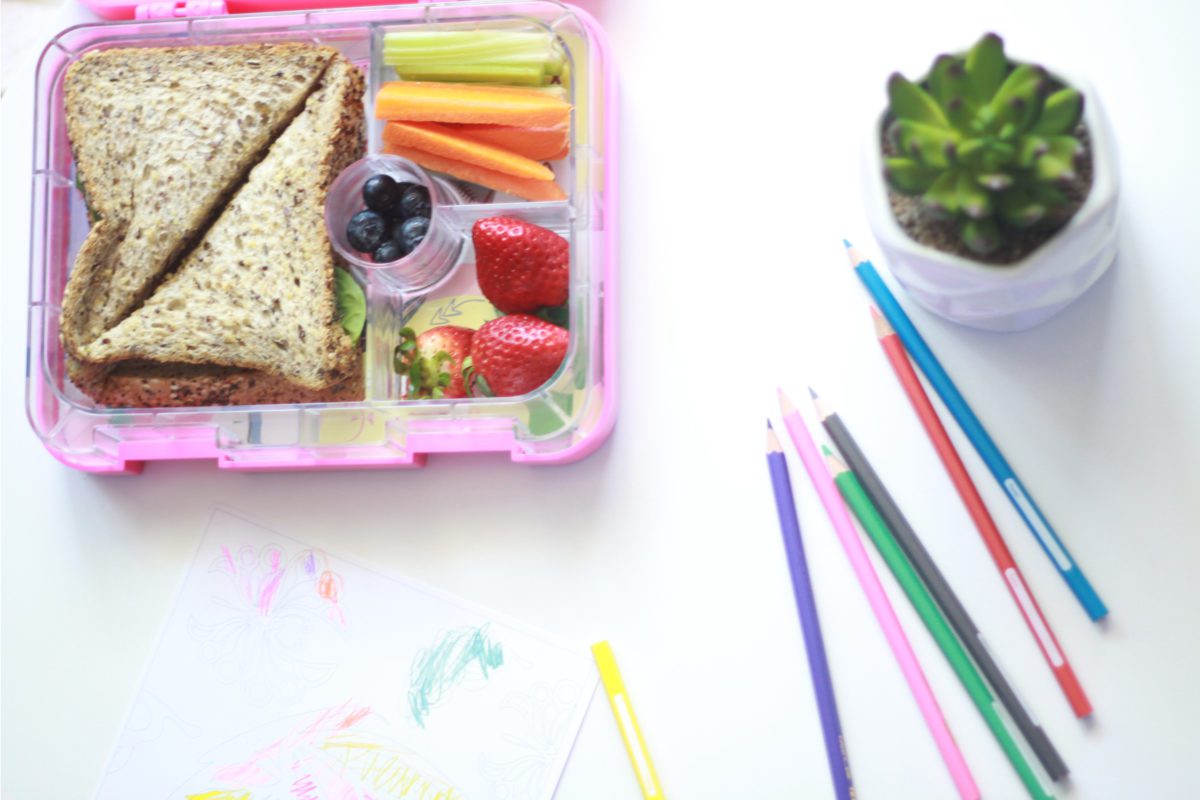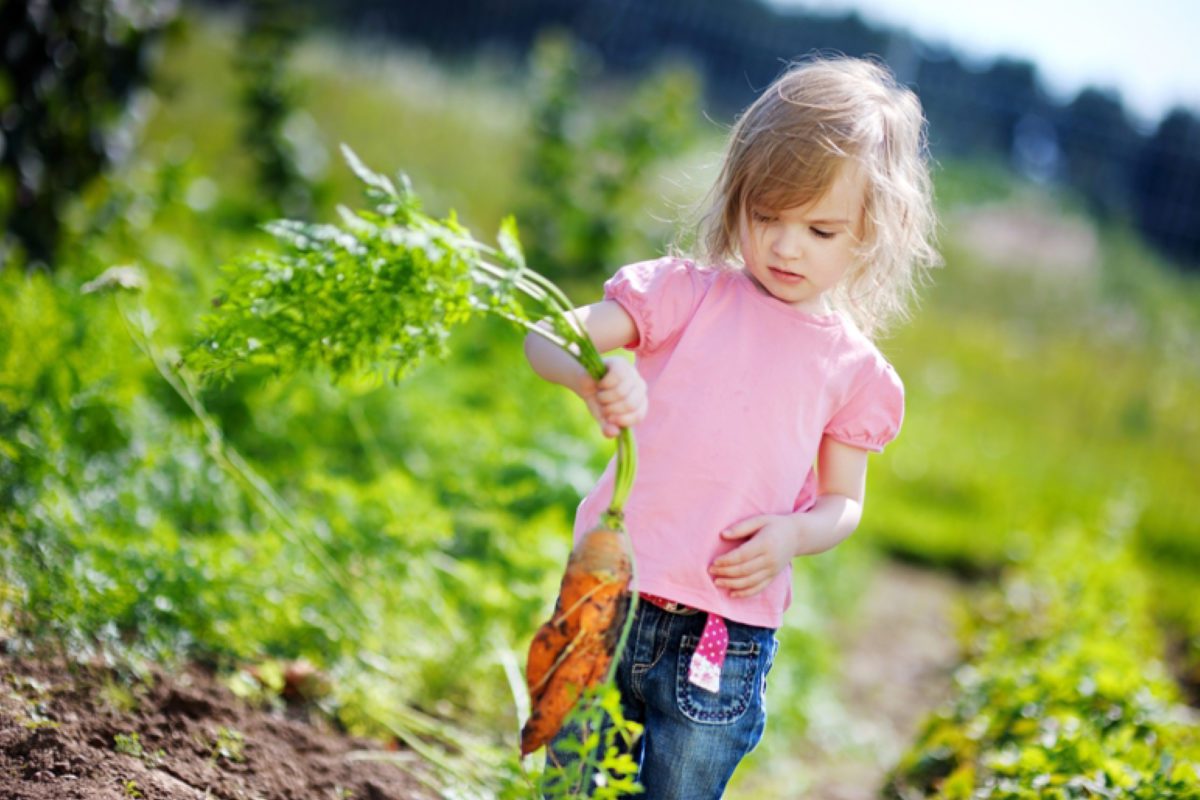We all know we need to eat our fruit and veg but it is not always easy to ensure your little ones get enough each day. Incorporating fruit and vegetables into your daily diet as well as your children’s is important to ensure an adequate intake of vitamins, minerals, as well as dietary fibre. As each fruit and vegetable contains a varying amount of the different vitamins and minerals, it is also important to eat a range of variants.
‘Eating a rainbow’ is a great way to think about your daily fruit and veg intake. Choosing fruits and veggies of different shapes, colours, textures and tastes will help incorporate the more variety there is, the more likely it is your child will find something that they are interested in eating.
Fruit and vegetable needs of children
Toddlers and young children need fruit and vegetables but not in the same volume as adults, purely due to their size. Girls and boys aged 1-2 years need 2-3 portions of vegetables and legumes a day and 0.5 portions of fruit. Children who are slightly older, 2-3 years need 2.5 portions of vegetables and legumes a day and 1 portion of fruit [1].
Offer vegetables as snacks
A recent study in amongst children in New Zealand found that, on average, they eat 5.5 times per day at 2 years of age, with most children eating between 4 and 7 times per day. This provides a number of opportunities to incorporate fruit and vegetables into their daily diet. The good news is that, the same research found that despite the number of eating occasions, a child’s eating frequency at 2 years was not associated with current, or subsequent change, in body mass index (BMI) [2].
Make veggies interesting
If you can, stock up on fruits and vegetables for snacks or choose snacks which have a real fruit or vegetables in them to introduce little ones to new flavours and textures. Products with concentrates or flavourings won’t be as close to the real thing. Keep offering it to them at different mealtimes and encouraging them to try and taste it. Importantly, studies also highlight that getting children involved in the cooking – even just mixing a bowl – will help with the likelihood of children liking the taste of the vegetable and so too does a parent’s enjoyment in the food.
But don’t be dissuaded if at first, they don’t like it. This is not uncommon, fussiness about food is a normal part of a child’s development. In fact, research shows that some children need to try a new food up to 10 times before they accept it, and another 10 times before they decide they like it.
And whilst we are all aware of the nutritional benefits of fruit and veg, sometimes getting your children eat them is a lot easier said than done. Sarah Jane Meldrum, has provided some great thoughts on what parents can do to encourage healthy eating and mealtime behaviour. Stay tuned for the next article to find out what these tips are.
About the Author
Diana Austen works for Whole Kids as a Nutrition Advisor. With a Master’s degree in nutrition, she has spent over six years’ experience working with a range of companies on innovation, strategic insight and regulatory and scientific affairs. Fascinated by the nutritional requirements of infants and young children she focuses specifically on products for this age group.
References
[1] Recommended number of serves for children, adolescents and toddlers. www.eatforhealth.gov.au. https://www.eatforhealth.gov.au/food-essentials/how-much-do-we-need-each-day/recommended-number-serves-children-adolescents-and (accessed 27 June 2017).[2] Taylor RW, Iosua E, Heath AM et al. Eating frequency in relation to BMI in very young children: a longitudinal analysis. Public Health Nutr. 2017 Jun;20(8):1372-1379.
